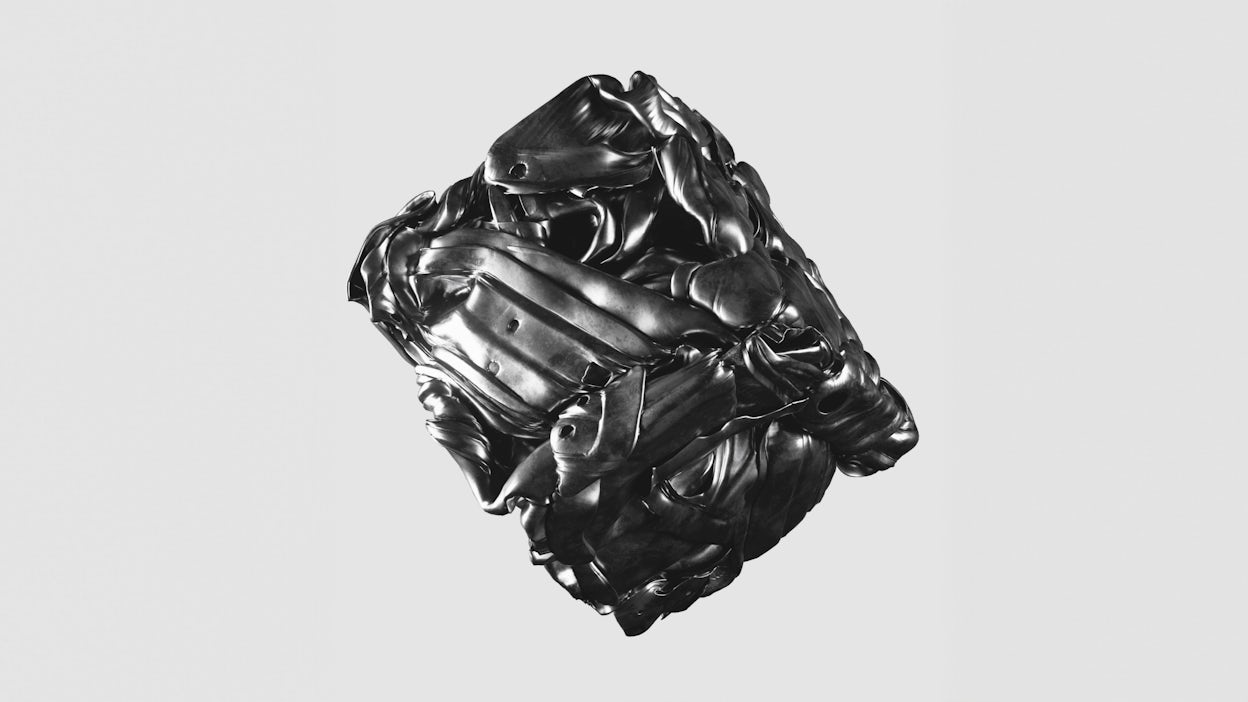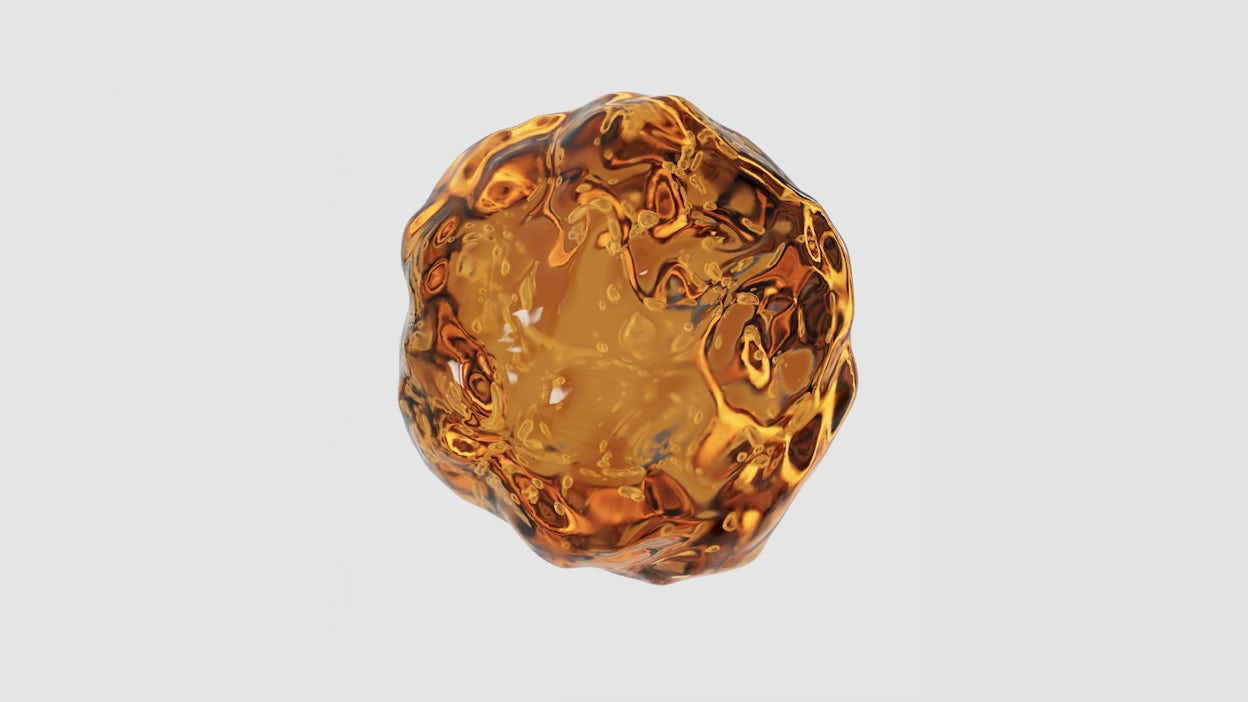Why material innovation is the key to a sustainable future
Our history has been one of adapt and overcome. Humans have, since the dawn of time, searched for materials to enhance everyday life. From tools made from stone, to advanced plastics and experimental material sciences, this is how material innovation can change our lives for the better.

We begin our journey by taking a trip (read: voyage) down memory lane. Starting at circa 3000 BCE where early humans, seeking shelter from the elements, stumbled upon nature's primitive toolkit.
A collection of sturdy rocks strewn across the Earth. A scene reminiscent of Kubrick’s ‘2001: A Space Odyssey’ or Gerwig’s ‘Barbie’ opening scene immediately comes to mind.
Yet, even in the modern world, the enchantment of stone endures. To this day, we see stone in almost every direction we look. Even just by looking out the window from Polestar HQ, a stone in marble greets us with its ambitions.
The illuminating metal
Fast forward to today (well, to 1825), and the discovery of aluminium. We have Danish chemist Hans Christian Ørsted to thank for this lightweight marvel. It revolutionised the transportation industry and transformed the possibilities of design.
Despite its sustainable potential, the recyclability of aluminium doesn’t come without its complications. With over 500 different types of aluminium, recycling plants have a huge task identifying and sorting them. This results in contamination of different variants and stops the recycled aluminium from being suitable for high-grade applications.
The solution to this is elegantly simple: labelling and color-coding. This enables recyclers to differentiate between grades and recycle them separately which, in turn, closes the loop on the material.

Convenience meets conservation
In 1907, Belgian chemist Leo Baekeland synthesised the first plastic and beat his rival to the patent office by one day. Today, it’s everywhere. While its flexibility has revolutionised manufacturing, plastics’ dependence on fossil resources have sparked a call for change.
One of the most commonly used plastics, PolyVinyl Chloride (PVC), uses crude oil in its production which we all know is damaging for the environment.
However, recent work in material science has seen crude oil replaced with pine oil in plastics production. By doing so, it cuts down greenhouse gas emissions by 70%. The bio-attributed PVC is the first of its kind and is used in the Polestar 3 upholstery, further lowering the carbon footprint of our fleet.
Super-efficiency and levitating trains
Let’s venture into different territory that’s also been on many people’s radars lately, but for different reasons. Semiconductors as we know are in huge demand globally.
In the midst of all this, research on superconductors continues. Imagine a world where electricity flows without resistance, where trains levitate and energy loss becomes a thing of the past.
Not long ago, this was just that, an imagination due to the material requiring ultra-low temperatures or immense pressure in order to work.
However, new developments in a study claim to have achieved a well-above-room-temperature superconducting material at ambient pressure – a feat that basically affects everything that runs on electricity. You can imagine our excitement.
Since the publication of the study, laboratories all over the world are racing to replicate the results of the study, with reports already coming in of success.

The alchemists’ dream
From one ground-breaking material to another, we’ve arrived at a category that blurs the lines between the natural and the synthetic; composite materials. These fuse the best of both worlds to deliver a performance that exceeds the sum of its parts.
At the heart of composites, we find fibres – delicate strands of natural or synthetic origin that form the backbone of these creations. Used in everything from spacecrafts to golf clubs to Polestar 1, there is carbon fibre, perhaps the best known of all composite materials.
But this is just the tip of the iceberg when it comes to composites. In Polestar 3, we are using Bcomp’s natural fibre composite. The material is made from European-grown flax and nearly as strong as carbon fibre, but 40% lighter and uses 50% less virgin plastics than plastic equivalents.
Flax can even be used to revitalise farmland between season to prevent exhaustion of soil.
Mankind’s never ending advancement of technology has meant there has never been a pause in our material innovation.
Now we face a new challenge. How we can continue to live convenient and exciting lives, but reduce our environmental impact. This question is at the forefront of scientific innovation and with time being of the essence, expect the materials we encounter in our day to day lives to change dramatically over the coming years.








